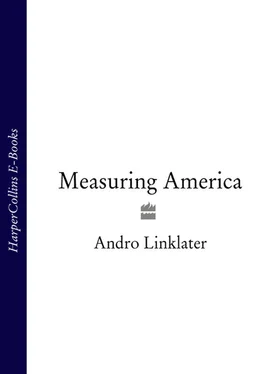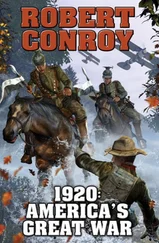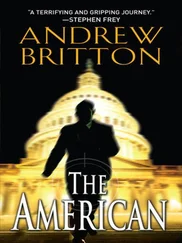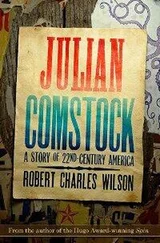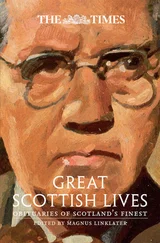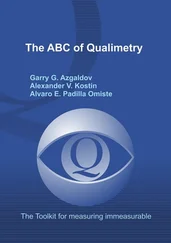Round three of the Jefferson – Morris war was, therefore, bound to occur over weights and measures. The direction of Jefferson’s ideas can be found on a sheet of paper dating from the spring of 1784 and headed innocuously ‘Some Thoughts on a Coinage’, which shows that he conceived of the dollar and a new, decimal American set of weights and measures as being two parts of a single system. The weights would be co-ordinated with the dollar, so that a pound would equal the weight of ten dollar-coins. The lengths were to be derived from the size of the earth.
The idea that the earth might serve as a scientific basis for a system of measures had first been put forward by the French astronomer and cartographer Jean Picard in 1671. The circle of the equator is divided into 360 degrees, and each degree is subdivided into sixty minutes. The distance of one of those minutes was equal to one nautical mile, a unit that navigators had used since the sixteenth century, and which remains in use today by pilots, mariners and other navigators. Picard’s successor, Jacques Cassini, had estimated the total distance round the equator to be more than twenty-five thousand miles (today’s best figure puts it at 24,902 miles, or 40,075 kilometres), which made each degree a little less than seventy statute miles.
Notes and tables soon fill the page, to be followed on a separate line by Jefferson’s calculation for the length of a minute, or ‘geographical mile’, in his words: ‘Then a geographical mile will be of 6086.4 feet.’ Acknowledging the difficulty of physically measuring the equator, he comes up with a way of checking the length of this new mile: ‘A pendulum vibrating seconds is by S[i]r I[saac] Newton [calculated to measure] 39.2 inches’.
It was Galileo, allegedly dreaming in church and watching the slow swing of a chandelier, who first noted that the amount of time a pendulum took to move through its arc from one end to the other depended on its length. The longer the pendulum, the more time it needed – to be exact, the time was proportional to the square root of its length. In London, Isaac Newton’s calculations had shown that the swing of a pendulum 39.1682 inches long took exactly one second (nearer the pole, the stronger pull of gravity would slow the pendulum fractionally), and it was this scientifically testable unit – known as a second’s pendulum – that Jefferson proposed to use to check the length of his mile.
By the time he starts to compare his new decimal lengths with traditional units, the geographical mile has already become the American mile in his mind:
Then the American mile = 6086.4 [feet].
English = 5280 f[eet].
furlong = 608.64 f[eet]. = 660 [feet]
chain = 60.864 f[eet]. = 66 [feet]
pace = 6.0864 [feet] fathom = 6 [feet]
The widest discrepancy was with the English mile, but perhaps to comfort himself Jefferson lists all the other miles in use, from the Russian – barely fifteen hundred old yards – and ascending through the Irish, Polish and Swedish to the Hungarian, which stretched for almost seven old miles. In such company there would be nothing strange about the American mile. There the ‘Thoughts’ end, a remarkable race through what was evidently a vast fund of knowledge stored in Jefferson’s mind.
It was no academic exercise. Jefferson intended to apply his new system to the most important subject facing the new republic – the measurement of the Western Territory.
That same spring, the Continental Congress, desperate to raise money from the sale of its land, had at last accepted the Virginian condition, and on 1 March 1784 Jefferson led his state’s delegation formally ceding its claims to the immense region to the north-west of the river Ohio. For the first time the United States had a territorial reality to match the spiritual identity outlined in the Declaration of Independence.
On the same day, and as part of the deal, a committee chaired by Jefferson produced a report on how the Western Territory was to be governed. It covered each stage of the process, starting with the land’s acquisition from the Indians – it could be obtained only by the United States government – through the delineation of boundaries, choice of government, and eventual admission as states to the United States. Once the land had been acquired and surveyed, settlement could take place, and as the region filled up with people, they could apply for their territory to become one of the states of the Union on a level of equality with the original thirteen founders.
Even the names of some of the proposed states were specified, among them Michigania and Illinoia, which more or less survived, and Assenisipia and Metropotamia, which did not. What was striking was their shape. Except for river and lake boundaries, all were defined by parallels of latitude running east – west, and meridians of longitude running north – south. The Atlantic seaboard states which had given up claims to the territory also had their western borders chopped off straight on a meridian. Consequently the future shape of the United States would not be long and thin, but square and geometrical.
The next day Jefferson was appointed chairman of a committee to choose the best way of surveying and selling off the land inside those imaginary states, and when it reported on 30 April 1784, it too opted for squares.
The Virginian method of allowing purchasers to choose their property and of surveying it by metes and bounds was ruled out. Instead it was to be surveyed before occupation and marked out in squares aligned with each other, following the New England model, so that no land would be left vacant. At Jefferson’s insistence these squares were to be called ‘hundreds’, while Hugh Williamson, another committee member, was probably responsible for proposing that their sides should run due east and west, and north and south. But the square was integral to what the geographer W.D. Pattison termed ‘their ambitious attempt to realise a dream of democratic rationality for the American West’.
To those who had not read Jefferson’s ‘Thoughts on a Coinage’, the report’s second sentence detailing the dimensions of those squares must have appeared inexplicable: ‘[The Western Territory] shall be divided into Hundreds of ten geographical miles square, each mile containing 6086 feet and four tenths of a foot, by lines to be run and marked due north and south, and others crossing these at right angles.’ The hundreds could be sold entire or divided into lots measuring one geographical mile square. Whether or not his fellow legislators understood Jefferson’s thinking, they would certainly have recognised the political wisdom of tacking a potentially unpopular measure onto one that was both desirable and vitally important. The United States would have the opportunity not only to raise money by the sale of land, but as a bonus would have the first decimalised system of measurements in the world.
In a letter written a few days later to an old friend, Francis Hopkinson, Jefferson gloated over the audacity of his plan. ‘In the scheme for disposing of the soil an happy opportunity occurs for introducing into general use the geometrical mile in such a manner as that it cannot possibly fail of forcing it’s [sic] way on the people,’ he began. There would be objections, he acknowledged. Legislators would argue that the report could not be passed into law because it bore ‘some relation to astronomy and to science in general, which certainly have nothing to do with legislation’. He imagined crusty conservatives advocating the retention of both the penny and the inch in order to ‘preserve an athletic strength of calculation’. But, he predicted, all opposition was bound to fail: ‘This is surely an age of innovation, and America the focus of it!’
Читать дальше
